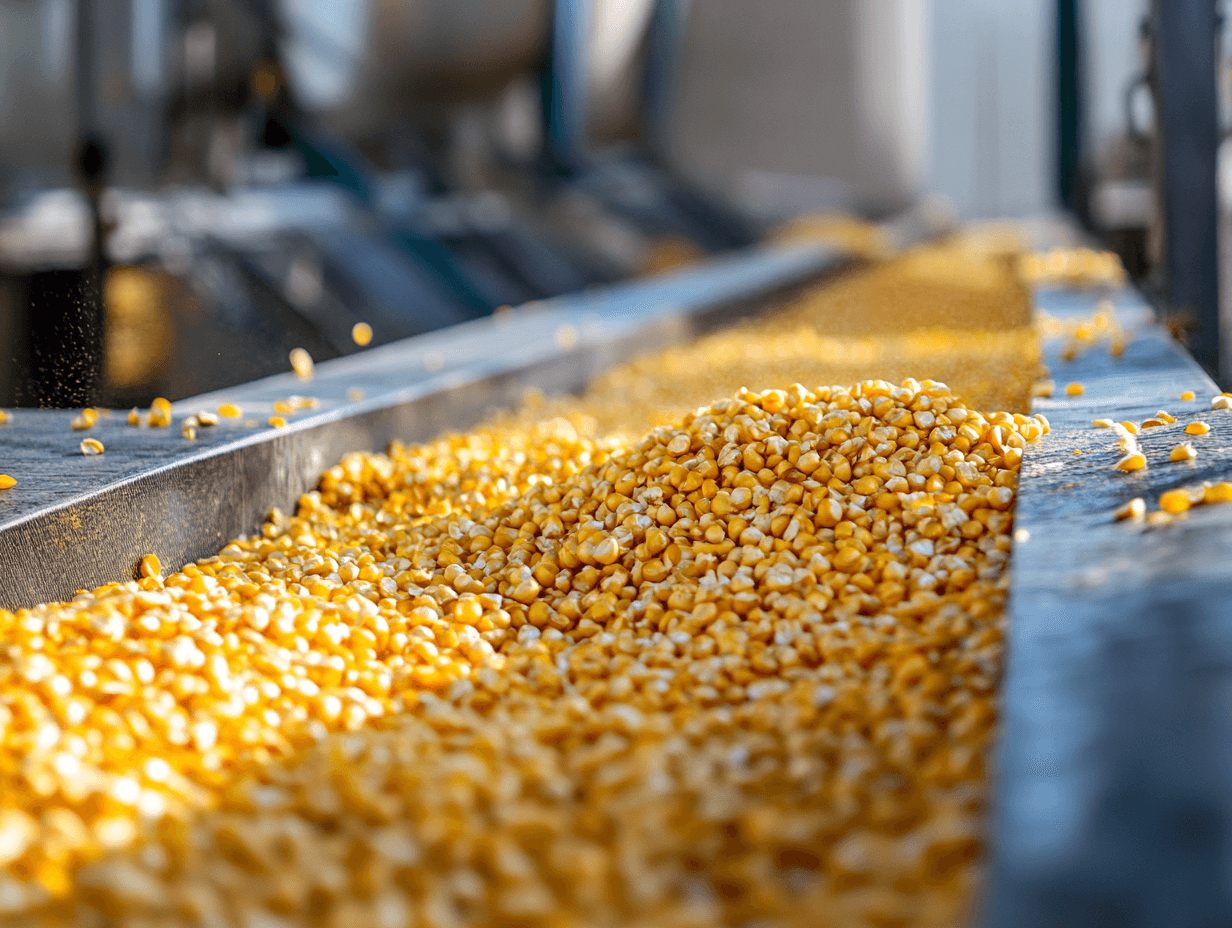Evaluation of the amount of sugar in citrus fruit using hyperspectral images
In order to achieve this objective, the company decided to integrate an advanced machine vision system into one of its machines, thereby offering a unique added value: the ability to accurately measure the sweetness level of each individual fruit.
This technology enables them to obtain comprehensive, real-time data on the quality of each unit, providing their customers with complete control over the process. As a result of this implementation, growers are able to make more informed and personalised decisions, optimising their production chain and ensuring that the final product meets the highest quality standards. The key characteristic on which this is based is sweetness, measured in Brix.
This success story not only improves efficiency, but also elevates the customer experience by ensuring that each product aligns perfectly with quality expectations.
The objective is to develop a model for quantifying the sweetness variable (ºBRIX) from hyperspectral images
The objective was to develop a model that could accurately measure the sugar level (ºBrix) in oranges from hyperspectral images.
The company required an innovative solution that would enable them to predict and ascertain the sweetness of the product without resorting to destructive testing. Furthermore, the challenge was to perform this process for each individual orange, ensuring optimal quality control and offering a competitive advantage to our customers.
Goals
Predicting the sugar content of product
Offering a fast, reliable and cost-effective solution
Identifying key wavelengths
Learning how predictive models work
Predicting sugar quantity using machine vision
The creation of predictive models from hyperspectral images has enabled the rapid and precise quantification of sugar content in each product, providing quality assurance without the need for physical testing. Various prediction models were developed by applying diverse signal pre-processing techniques to identify the optimal approach, considering the prediction error of the test data set.










